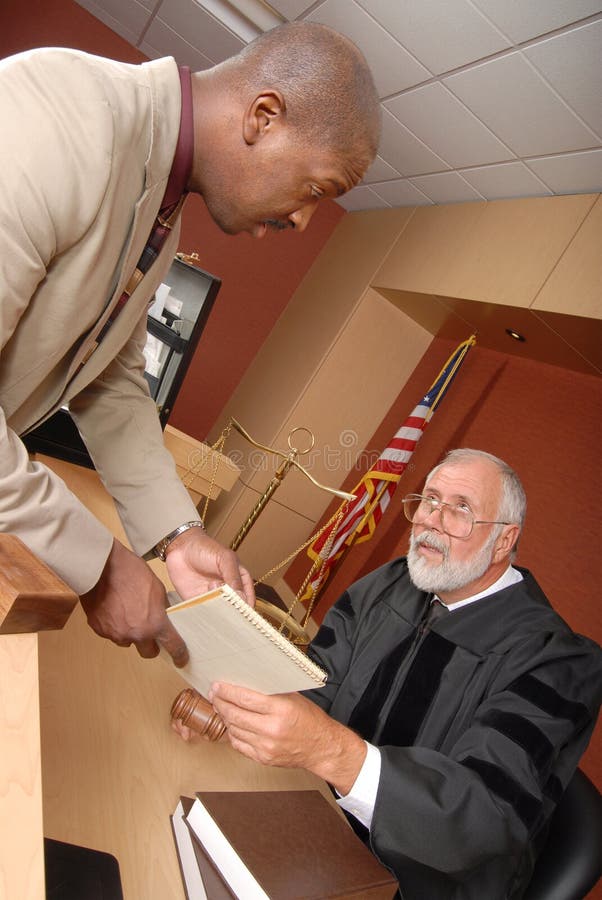Leading Strategies for Creating Impactful Trial Presentations in Courtroom Settings
Leading Strategies for Creating Impactful Trial Presentations in Courtroom Settings
Blog Article
Exactly How to Develop Engaging Trial Discussions That Win Over Juries and Judges
Crafting engaging trial presentations that astound courts and juries is a nuanced art that calls for a tactical method. By using ingenious aesthetic devices, incorporating interactive components, and devoting time to strenuous practice and wedding rehearsal, legal professionals can significantly boost the effect of their court discussions.
Understanding Your Audience
To effectively engage your audience throughout test presentations, it is vital to understand their preferences, expectations, and degree of competence in the topic. By customizing your presentation to meet the specific demands of the audience, you can improve their understanding and retention of the information presented.
Begin by investigating the demographics of the audience, such as age, education level, and occupation. This information can aid you gauge their knowledge with lawful treatments and change your presentation style appropriately. For instance, a court may require less complex language and more aesthetic aids contrasted to a group of lawyers.
Moreover, take into consideration the psychological and psychological aspects of your target market. Are they sympathetic in the direction of particular disagreements or even more likely in the direction of truths and proof? Recognizing these nuances can help you mount your presentation in such a way that resonates with the target market on a much deeper degree.
Narration Strategies
Understanding your audience's preferences and expectations can significantly affect the effectiveness of your trial discussions, specifically when applying narration methods to astound and convince. Narration is a powerful device that can assist attorneys link with courts and juries on a more emotional degree, making complicated legal disagreements a lot more memorable and relatable.

Incorporating vivid details, personal stories, and rhetorical tools can even more improve the narration experience, maintaining the audience invested and involved in the outcome of the case. By crafting an influential story that reverberates with the worths and emotions of the jury and judges, lawyers can increase the chances of winning their debates and accomplishing beneficial decisions.
Aesthetic Discussion Tools
Using visual discussion tools can considerably boost the effect and performance of test discussions by offering a visually interesting method to communicate complicated details to juries and judges. Aesthetic aids such as charts, computer animations, graphs, and layouts can assist simplify complex information, making them extra easy to understand and accessible to the audience. By incorporating visual aspects right into test discussions, attorneys can develop an engaging narrative that resonates with jurors and leaves an enduring perception.

Incorporating Interactive Components
Including interactive components into test presentations can boost audience useful site involvement and comprehension, promoting an extra immersive and interactive court experience. By incorporating components such as interactive timelines, 3D animations, clickable exhibits, and digital fact repairs, legal specialists can astound judges and jurors, making complicated details extra memorable and accessible.
Interactive timelines enable for a dynamic screen of sequential events, aiding the target market grasp the sequence of crucial incidents in a situation. 3D computer animations can bring criminal activity scenes or accident restorations to life, using a detailed graph that assists in clearing up elaborate information. Clickable exhibitions enable users to connect with proof, records, or photos, permitting a hands-on exploration of critical info.
Moreover, virtual truth repairs can transport the audience into the heart of the action, supplying a compelling viewpoint that traditional presentations might do not have. These interactive aspects not just engage the viewers but likewise equip them to proactively take part in the trial procedures, resulting in a much more persuasive and impactful courtroom presentation.
Method and Rehearsal
To successfully utilize the potential of interactive components in test presentations, extensive method and wedding rehearsal are necessary to make certain smooth integration and distribution in the courtroom setup. Method and wedding rehearsal aid test speakers become acquainted with the material, timing, and circulation of their discussions, allowing them to confidently browse via different components such as videos, computer animations, or interactive graphics. By practicing their distribution, presenters can fine-tune their talking skills, body language, and total discussion style to enhance persuasion and integrity prior to the jury and judge.
During practice, presenters can determine any kind of technical concerns that may develop with interactive aspects, ensuring that every little thing runs smoothly during the real test. Additionally, rehearsing before a mock target market or colleagues can supply useful feedback on the efficiency of the interactive components and the total presentation. This responses permits speakers to make essential modifications and improvements before tipping into the court, inevitably boosting the effect and success of their trial presentations.
Final Thought
Finally, producing appealing trial discussions that captivate judges and juries requires a deep understanding of the target market, effective storytelling strategies, visual devices, interactive elements, and detailed technique (Trial Presentations). By carrying out these methods, lawful professionals can successfully share their disagreements and proof in a compelling fashion that resonates with the decision-makers in the courtroom
Utilizing visual presentation tools can greatly improve the effect and effectiveness of test discussions by giving an aesthetically engaging way to share complicated information to judges and courts. By incorporating visual elements right into trial discussions, attorneys can produce an engaging story that resonates with jurors and visit leaves a long-term impact.
One prominent aesthetic discussion device is the use of multimedia discussions, which permit for the combination of video clips, photographs, and see this website audio recordings to supplement spoken debates. Trial Presentations.To properly leverage the capacity of interactive components in trial discussions, complete practice and rehearsal are essential to guarantee seamless assimilation and shipment in the court room setting. Method and rehearsal help trial speakers become acquainted with the content, timing, and circulation of their presentations, enabling them to confidently browse via various elements such as videos, animations, or interactive graphics
Report this page